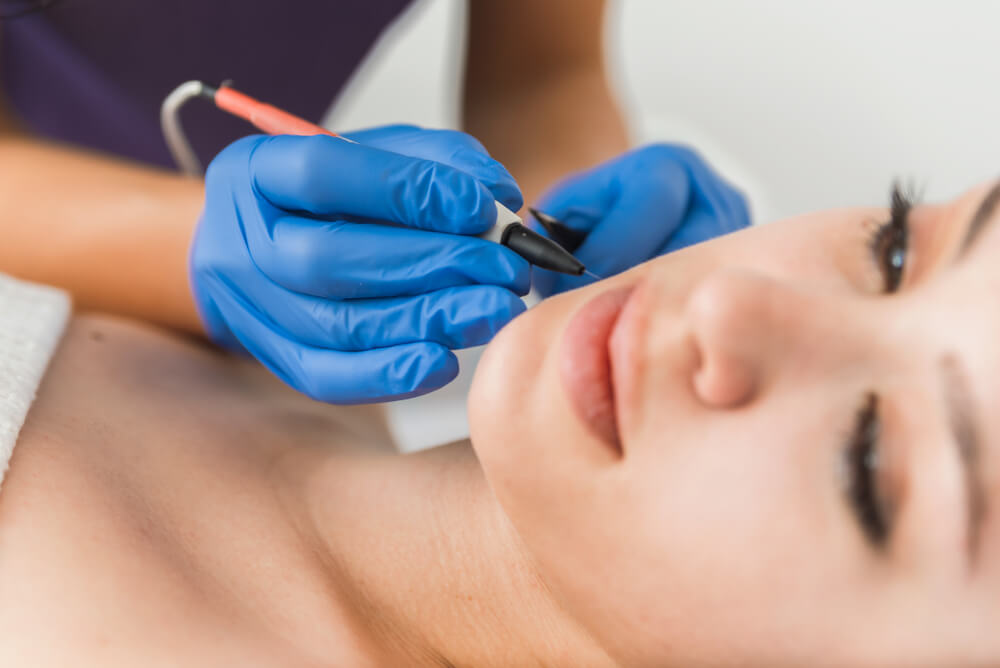Electrolysis is a procedure in which human hair is separated from the face or body. With chemical or heat energy, today’s medical electrolysis machines kill the growth of the hair roots. The hair is removed using tweezers after a very fine probe is placed into the hair follicle.
Hair development is the result of hormone and heredity levels. Likewise, a few medications, impermanent techniques for hair expulsion, and diseases can invigorate hair development.
Most parts of the body, including the eyebrows, face, belly, thighs, breasts and legs, may be treated with electrolysis. In general, there are no lasting side effects, although occasionally there can be a temporary, mild reddening of the skin.
Electrologists are individuals who have special training to perform electrolysis. If you are thinking about electrolysis, it is significant that you do your exploration prior to focusing on sessions. For the optimum results, though, you’ll also need several follow-up appointments.


